Benvida Film Coated Tablet 150 Mg
In the realm of epilepsy management, Benvida Film Coated Tablet 150 Mg takes center stage. This guide unveils the essential aspects of this medication, from its active ingredient to therapeutic indications, dosage, side effects, precautions, and benefits.
| Dosage form | |
|---|---|
| Pack size | |
| Potency | 150 Mg |
| Manufacturer | |
| Origin | |
| Generic Name (Ingredient) | In Each Film-Coated Tablet: Lakozamid 150 Mg |
Assuming your emergency circumstances for this product, visit Urgent Quotation page. Besides, for any pharmaceutical questions, please ask us in the comments section.
Description
The Core Component
Benvida’s efficacy hinges on its core ingredient, Lakozamid.
| Active Ingredient |
|---|
| – Lakozamid 150 mg |
Additional Components
In addition to Lakozamid, the tablet incorporates several auxiliary substances, enhancing its pharmaceutical properties.
- Kroskarmeloz sodyum 18.75 mg
- Sodyum stearil fumarat 5.625 mg
- Sodyum bikarbonat 0.0144 mg
Pharmaceutical Form
The tablets come with a film coating, boasting a distinctive salmon color, oblong shape, and biconvex profile.
Therapeutic Indications
Benvida, enriched with Lakozamid, is a therapeutic marvel, primarily prescribed for the treatment of partial-onset seizures. It demonstrates efficacy in both adolescent (16-18 years) and adult patients with epilepsy. This versatile medication can be employed as both monotherapy and adjunctive therapy.
Dosage
The recommended dosage of Benvida Film Coated Tablet 150 Mg hinges on the intended use, be it monotherapy or adjunctive therapy.
Monotherapy
- Starting Dose: Initiate with 50 mg twice a day.
- Therapeutic Threshold: After a week, escalate to a therapeutic dose of 100 mg twice a day.
- Gradual Adjustments: Based on treatment response and tolerability, increase the maintenance dose by increments of 50 mg twice a day (100 mg/day) weekly.
- Maximum Daily Dose: The regimen may culminate in a maximum daily dose of 300 mg twice a day (600 mg/day).
Adjunctive Therapy
- Initial Dosage: Begin with 50 mg twice a day.
- Therapeutic Threshold: After a week, progress to a therapeutic dose of 100 mg twice a day.
- Gradual Adjustments: Based on treatment response and tolerability, increase the maintenance dose by increments of 50 mg twice a day (100 mg/day) every week.
- Maximum Daily Dose: The maximum daily dose for adjunctive therapy reaches 200 mg twice a day.
Please be mindful that these are general dosage guidelines. Precise dosage requirements may deviate based on individual health profiles. For personalized medical advice, always consult with a healthcare provider.
Side Effects
Adopters of this medication should be vigilant regarding potential side effects, some of which encompass:
- Suicidal Thoughts or Actions
- Chest Pain
- Abnormal Sensations (Burning, Numbness, Tingling)
- Inability to Control Eye Movements
Precautions
General Precautions
- Kidney Health: Benvida may pose a risk to kidney health, particularly in cases of dehydration, concurrent use of diuretic medication (water pills), or pre-existing kidney disease.
- Calcium Levels: A potential side effect is low blood calcium levels.
- Oral Health: Patients may experience mouth or jaw pain.
- Allergic Reactions: Signs of an allergic reaction include hives, wheezing, breathing difficulties, and facial swelling.
Specific Precautions
- Missed Dose: In the event of a missed dose, patients should promptly take the omitted dose, followed by the next scheduled Lakozamid dose.
- Discontinuation Alert: Abruptly halting the medication can elevate the risk of seizures.
- Maintaining Alertness: Activities requiring attentiveness, such as driving, should be approached with caution until the impact of the medication is understood.
- Rising Gradually: To mitigate dizziness or fainting, individuals transitioning from a seated or reclined position should do so gradually.
These precautions offer a broad perspective, but individual circumstances may warrant unique considerations. Consult with a healthcare provider for tailored guidance.
Benvida Film Coated Tablet 150 Mg Benefits
Benvida Film Coated Tablet 150 Mg, powered by the active ingredient Lakozamid, emerges as a potent tool in epilepsy management, boasting a range of benefits:
- Seizure Control: Lakozamid curtails abnormal nerve cell activity in the brain, effectively controlling seizures.
- Therapeutic Flexibility: It can be utilized both as monotherapy and adjunctive therapy, offering diverse treatment avenues.
- Twice-Daily Convenience: Administered twice a day, Benvida’s dosing regimen is conducive for patient adherence.
It’s important to acknowledge that while these advantages are promising, individual responses may vary. Thus, personalized medical advice from a healthcare provider is paramount.
Determining the Duration
The timeline for using Benvida Film Coated Tablet 150 Mg is contingent on the patient’s response and the specific condition being addressed. To ensure optimal outcomes, adhere to your healthcare provider’s guidance regarding treatment duration. Abruptly discontinuing the medication is discouraged, as it can heighten the risk of seizures.
Conclusion
In conclusion, Benvida Film Coated Tablet 150 Mg, fortified with Lakozamid, offers a valuable solution for epilepsy management. With its potential to control seizures, versatile administration, and considered precautions, it stands as a significant asset in the quest for improved quality of life for those affected by epilepsy. Always partner with your healthcare provider to chart the most suitable course of action tailored to your unique health profile.
Use the form below to report an error
Please answer the questions as thoroughly and accurately as possible. Your answers will help us better understand what kind of mistakes happen, why and where they happen, and in the end the purpose is to build a better archive to guide researchers and professionals around the world.
The information on this page is not intended to be a substitute for professional medical advice, diagnosis, or treatment. always seek the advice for your physician or another qualified health provider with any questions you may have regarding a medical condition. Always remember to
- Ask your own doctor for medical advice.
- Names, brands, and dosage may differ between countries.
- When not feeling well, or experiencing side effects always contact your own doctor.
Cyberchondria
The truth is that when we’re sick, or worried about getting sick, the internet won’t help.
According to Wikipedia, cyberchondria is a mental disorder consisting in the desire to independently make a diagnosis based on the symptoms of diseases described on Internet sites.
Why you can't look for symptoms on the Internet
If diagnoses could be made simply from a textbook or an article on a website, we would all be doctors and treat ourselves. Nothing can replace the experience and knowledge of specially trained people. As in any field, in medicine there are unscrupulous specialists, differences of opinion, inaccurate diagnoses and incorrect test results.

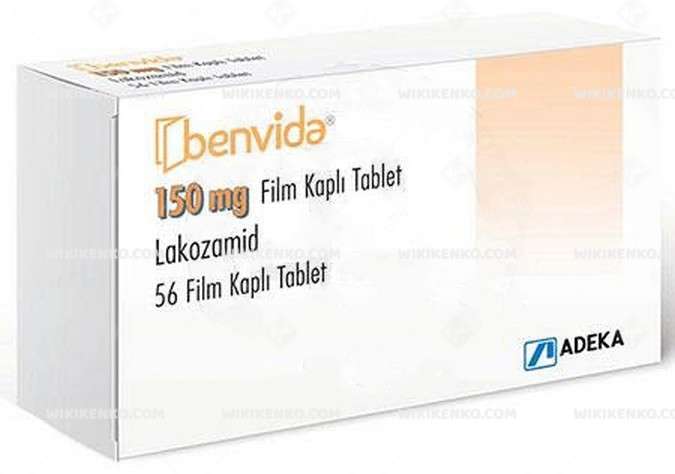
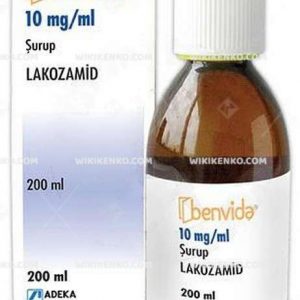
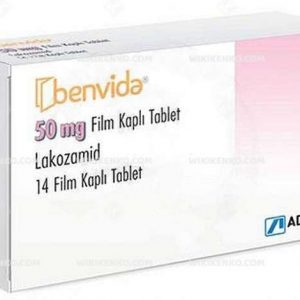
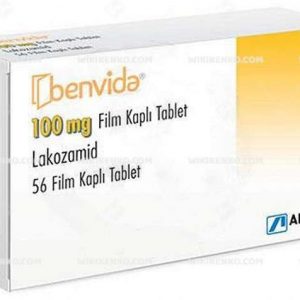
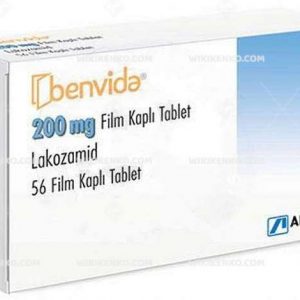

Reviews
There are no reviews yet.